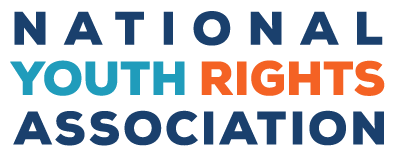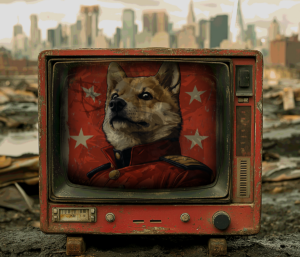
Adam Fletcher over at the Freechild Project has called me out from an entry I posted on One and Four where I said the following:
I do agree with integrating youth in with the adult community though. That’s one of the many positive benefits that youth rights holds for the world.
While many of Adam’s points were unclear, I think the basis of his argument is that the assumption that youth and adults are not already integrated is a myth. Or perhaps that it is a myth for people who aren’t middle-class and white. He didn’t present any evidence of this, and I am highly suspicious as to what he bases his claims on.
From my perspective the segregation of young people and adults seems quite clear. This segregation is enforced by law and tradition by adults eager to exclude youth from their world, and indeed employed by youth as a defense mechanism to escape from oppressive, patronizing adults around them. From what I’ve seen this segregation exists at all levels of society and socio-economic levels.
Young people are locked into schools where they live separated off from adults. Adults are off in the working world, rarely relating to young people. For most hours of most days these two groups spend time with their on age-cohorts, and not around those much younger or much older. Exceptions do, of course, exist. Kids have parents and other family members. Students have teachers. Young church members have youth group pastors and so on. However in nearly all of these situations there exists a command-obey relationship. To call these situations truly integrated is blind to reality.
The simplest way to put this is to ask who your friends are? If you are going to go out to a movie, or go grab a bite to eat, or go to a party, or just hang out for the evening doing who knows what, who do you hang out with socially? My guess, with few exceptions, are people generally of your own age group. And before Adam tries yet again to paint me (and indeed all NYRA) as sheltered in an upper-middle class white world, I will point out again that my above point holds true for all my friends be they poor black, upper-middle-class white, poor white, middle-class Hispanic, or any other combination.
When my friends from the autoparts store go out to a club, who goes with them? Only people of their relative same age. Why? Because they don’t have any friends much younger than they are. Even if they did, they wouldn’t be allowed into the club in the first place. But how are they to make friends with people of much different ages? The people they know, the people we all know, are those closest to us. The people closest to youth are other youth in school. The people closest to adults are other adults in their workplace.
The structure of our society and the laws of our society segregate us all into different spheres of life, and that structure shapes our attitudes toward each other. Even situations lacking a structural barrier to integration have attitudinal barriers. For example, I invited over my neighbors to my Superbowl party earlier this month. Out of my neighbors that hung out the longest was 8-year-old Roderick. All the rest of my guests were in their mid-twenties. Roderick hung out with us, watched the game, participated in the betting pool, played video games, just like the rest of us. After he left, most of my friends said things like “who the heck was that? Why was he here? Alex, you didn’t tell us we were gonna be babysitting. That was weird.” etc.
Big families that get together for holidays and meals will still segregate themselves despite being at the same event. Many such gatherings have a kids table and an adults table. Or after the meal the adults will all gather together doing one thing, and the kids another. Not to say that families never do things together. Surely they do. They share meals, they watch tv, they play games, they watch movies, everything else. But never as equals. A “child’s universe” and an “adult world” will exist as long as when the two groups mingle, the adults presume to control, command, patronize and shame those younger than them. With such a situation people physically in the same room are still in vastly different worlds.
Youth and adults listen to different music, dress different, and even develop separate ways of speaking. Adults I know swear, kids I know swear. Yet adults never swear in the presence of youth, and youth never swear in the presence of adults. Why? Because youth are afraid of getting in trouble, and adults are afraid of “setting a bad example”. As with every example there are many exceptions, yet the overwhelming reality for people of all classes, races, and areas of this country is segregation.
I think we should seek to end that segregation. Racial segregation is wrong and so is age segregation. It reinforces an “otherness” about youth that is harder to shake. By seeing another person only from a distance, only in predefined roles, you are far more likely to only see their stereotypes and not their authentic self. Those stereotypes create and reinforce the discrimination and oppression youth today suffer under. I have no idea how Adam believes this segregation doesn’t exist.






Bravo! Quite right…
Though adults, especially the legal guardians are supposed to be their parents, not their friends, per se. Parents and authority figures are not the kids equals. Adults who are not these kids parents should be careful about being their friends b/c they are supposed to be dominant role models. People should have close friends their own age preferably.